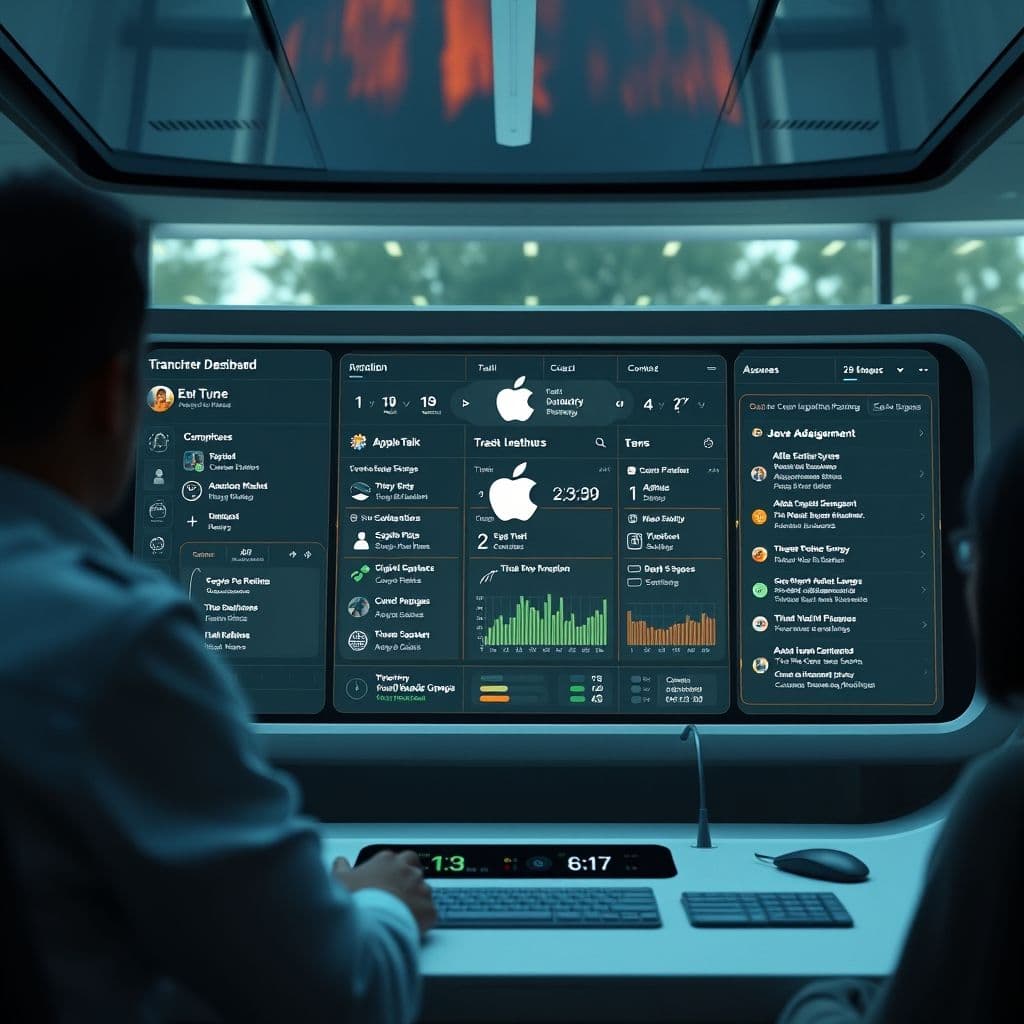Revolutionizing Productivity: How AI Transcription Could Transform Your Workflow

In today's fast-paced world, staying organized can feel like an uphill battle, especially for those with ADHD or solo practitioners juggling multiple responsibilities. AI transcription tools like ChatGPT and Claude offer a glimmer of hope, but users often struggle to integrate these tools effectively into their workflows. What if there was a dedicated SaaS platform designed to bridge this gap?
The Problem: Disorganized Workflows and AI Frustrations
Many users turn to AI transcription tools to offload mental clutter, but the experience isn't always seamless. Common pain points include frequent interruptions in voice mode, lack of structured output, and difficulty in organizing transcribed content into actionable tasks. For neurodivergent individuals, these challenges are amplified, making it harder to maintain productivity and focus.

A Potential SaaS Solution: Streamlined AI Transcription Workflows
Imagine a SaaS platform that integrates seamlessly with existing AI transcription tools like ChatGPT and Claude, but goes a step further by organizing the transcribed content into manageable workflows. This hypothetical solution could feature customizable templates, smart categorization, and priority tagging to transform raw transcriptions into structured to-do lists, meeting notes, or project plans.
Key features might include adaptive prompting (emulating motivational speakers like Tony Robbins or Brené Brown for personalized pep talks), pause-friendly transcription (no more interruptions mid-thought), and context-aware organization (automatically sorting notes by project, deadline, or priority).

Potential Use Cases and Benefits
For ADHD users, this could mean finally having a system that accommodates their thinking style rather than fighting against it. Solo practitioners could dictate client notes while commuting and have them automatically formatted into professional records. Students might verbalize research ideas and receive structured outlines. The common thread? Transforming the friction of organization into effortless flow.
Conclusion
While current AI transcription tools offer glimpses of this future, a purpose-built SaaS platform could unlock unprecedented productivity gains—particularly for those who need it most. By focusing on seamless integration, intelligent organization, and user-specific customization, such a solution could redefine how we interact with our own thoughts and workflows.
Frequently Asked Questions
- How would this differ from using ChatGPT's existing transcription feature?
- While ChatGPT offers basic transcription, this hypothetical SaaS would add layers of intelligent organization, context-aware sorting, and customizable workflows tailored to individual needs and thinking styles.
- Would this be useful for people without ADHD?
- Absolutely. Anyone who struggles with information overload or wants to optimize their workflow could benefit from structured transcription outputs and smart organization features.
- What would be the biggest technical challenge in developing this?
- Creating adaptive algorithms that accurately interpret and categorize diverse speech patterns while maintaining the nuance and intent behind users' verbal inputs.


